ICE powers on: Toyota and Subaru debut new compact engines that will underpin next generation hybrids
EV Central
JUNE 11, 2024
Toyota and Subaru have released details of their state-of-the-art combustion engines that have been designed for their next-generation hybrid technology that will continue to bridge the gap between petrol and diesels and full EVs. litre turbo. litre turbo will replace the 2.5-litre The new generation 1.5-litre


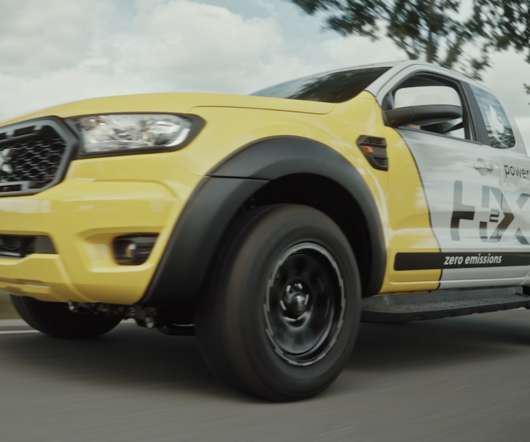
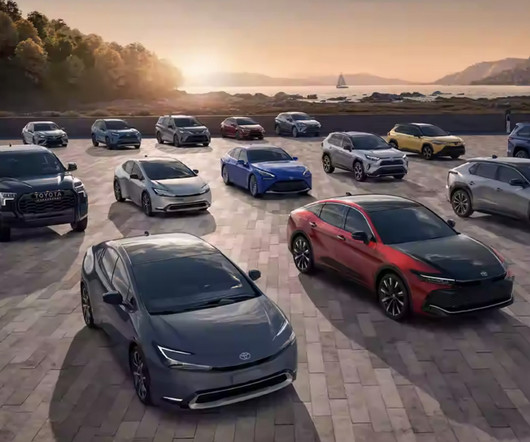
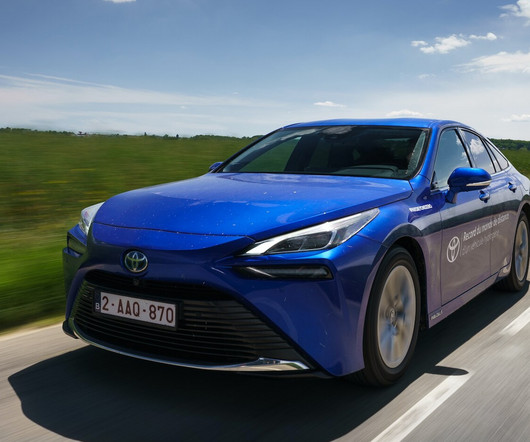

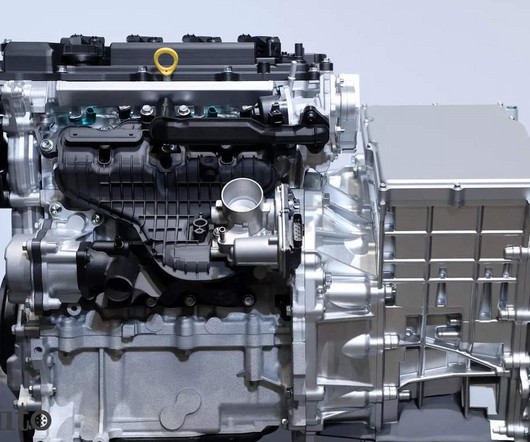

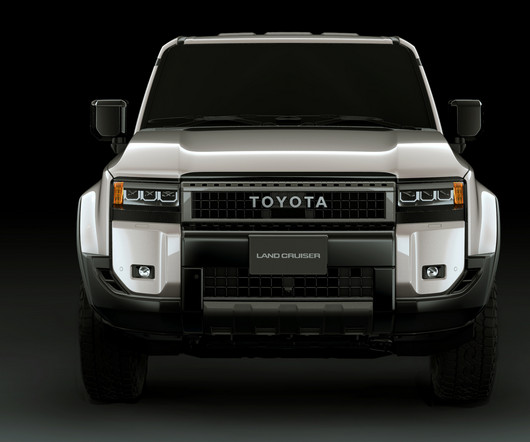





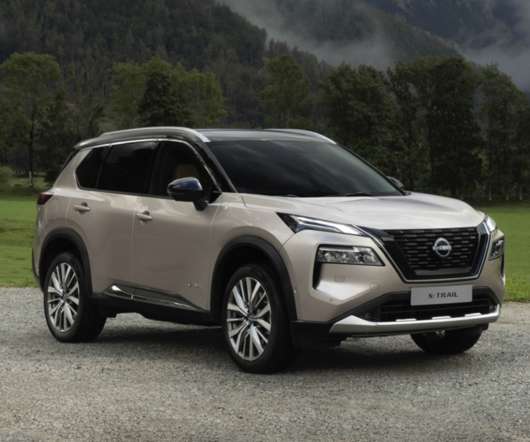
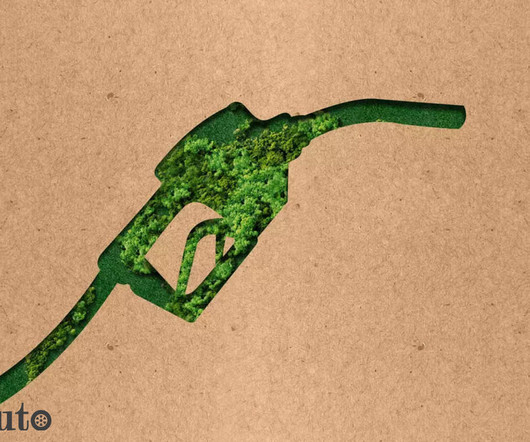
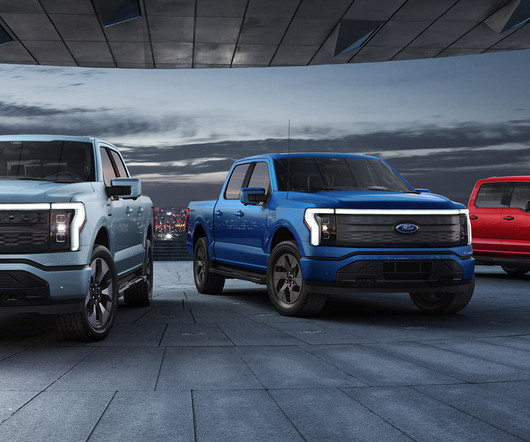
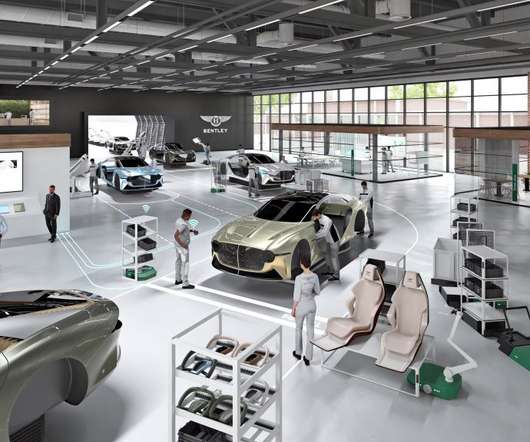












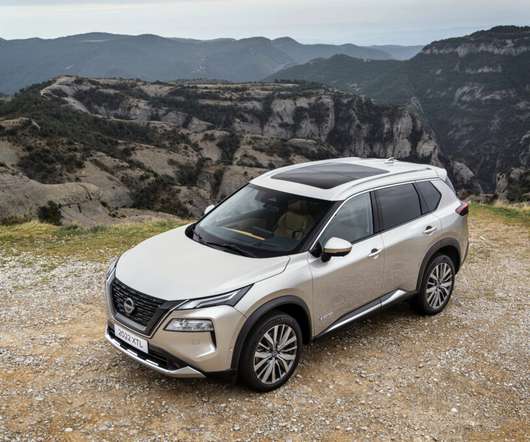



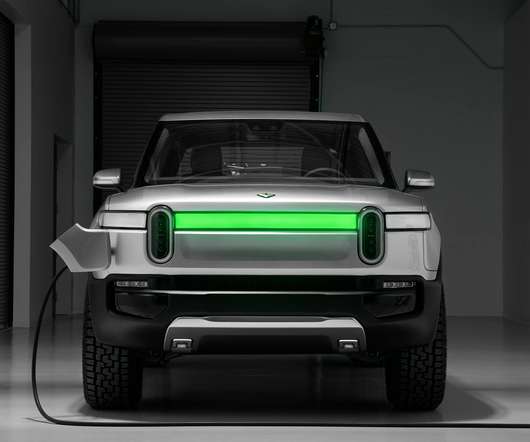









Let's personalize your content